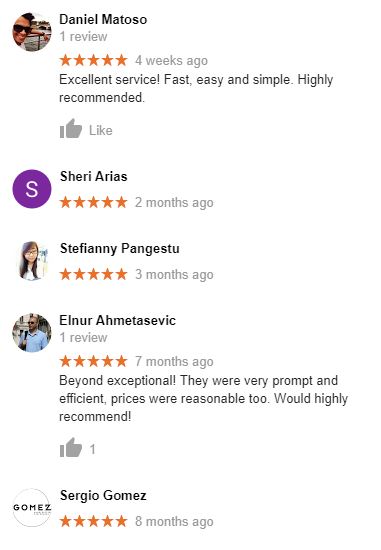 Translate Latvian Marriage Certificate
Translate Latvian Marriage Certificate
Melbourne Translation Services NAATI Latvian translators provide certified marriage certificate translation service, commonly required for legal and visa application purposes. Besides Latvian marriage certificate translation, our translators are also specialised in translating all kinds of personal documents for official use in Australia.
Marriage certificates are typically used on occasions where proof of the marriage between two persons is required.
- applying for citizenship / immigration
- applying social welfare benefits
- claiming the life insurance of a spouse
Marriage Certificate Translation for Australia or Overseas
Melbourne Translation Services provides certified marriage certificate translation for both Latvian to English and English to Latvian. Our Latvian translators are full-time certified translators experienced in marriage certificate translation.
If you have a marriage certificate that needs certified translation, please use the form on this page to submit your documents for a quote. You can upload multiple documents using the form.
- Low Price, Fast Delivery
- Discount for repeat customers or large orders
- Full-time, professional translators experienced in translating all kinds of documents
- Personal, friendly service
- Sydney
- Melbourne
- Brisbane
- Perth
- Canberra
- Darwin
- Hobart
- Adelaide
- Wollongong
- Newcastle
- Cairns
More About The Latvian Language
Latvian emerged as a distinct language in the 16th century, having evolved from Latgalian and assimilating Curonian, Semigallian and Selonian on the way. All of these belong to the Baltic language group.
The oldest known examples of written Latvian are from a 1530 translation of a hymn made by Nikolaus Ramm, a German pastor in Riga.
Until the 19th century, the Latvian language was heavily influenced by the German language, because the upper class of local society was formed by Baltic Germans. In the middle of the 19th century the first Latvian National Awakening was started, led by “Young Latvians” who popularized the use of Latvian language. Participants to this movement laid the foundations for standard Latvian and also popularized the latvianization of loan words. However, in the 1880s, when czar Alexander III came into power, Russification started. During this period, some Latvian scholars even suggested adopting Cyrillic for use in Latvian. After the czar's death, at the turn of the 19th and 20th centuries, nationalist movements reemerged.

Latvian Marriage Certificate Translation
Upload your documents here for translationOur Valued Clients

